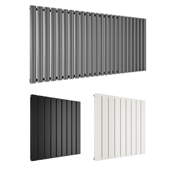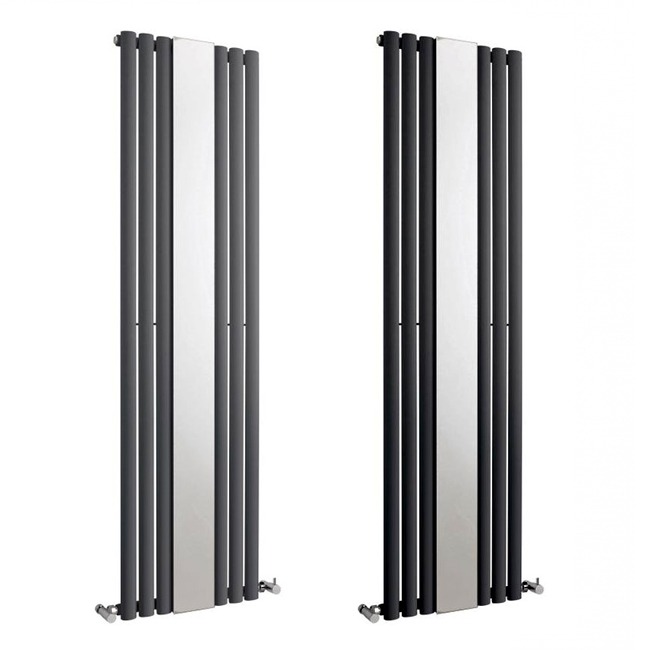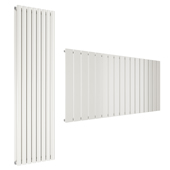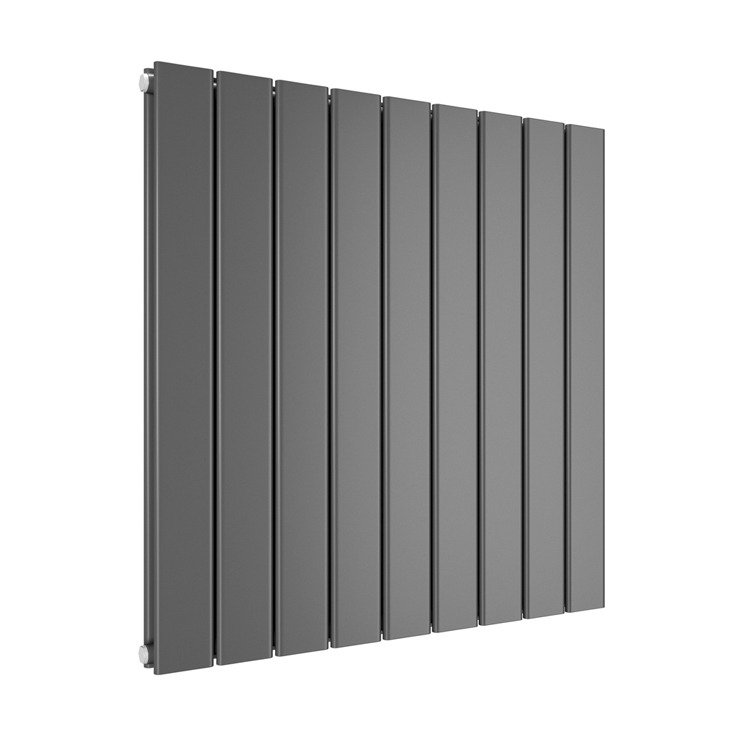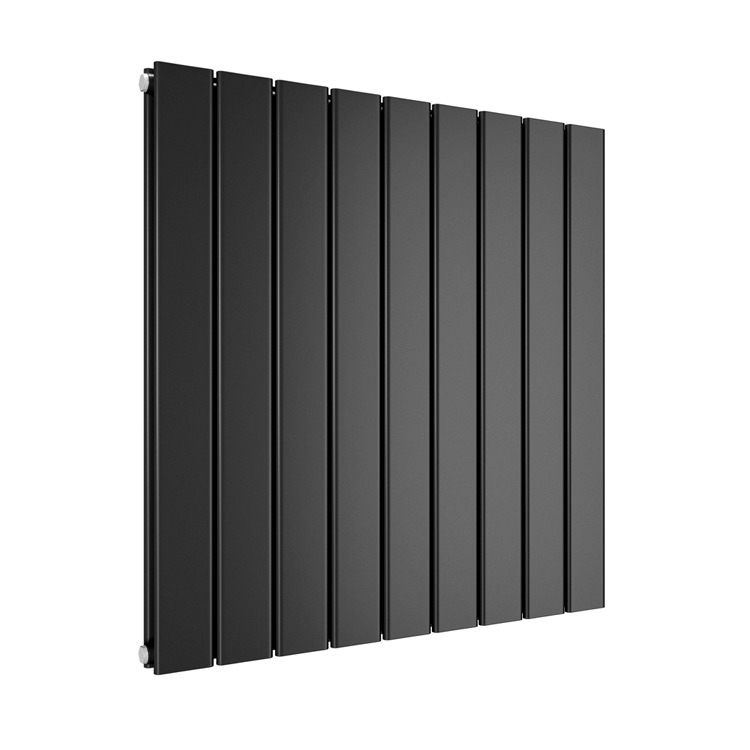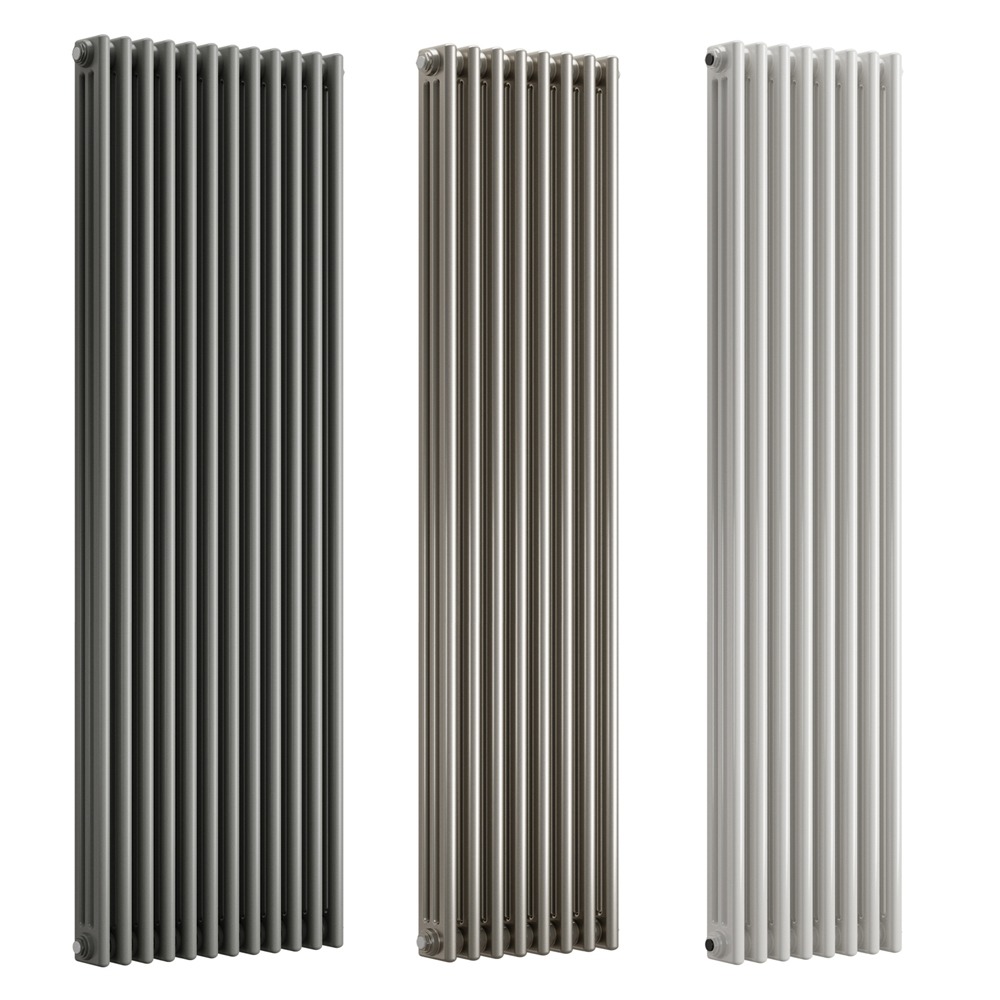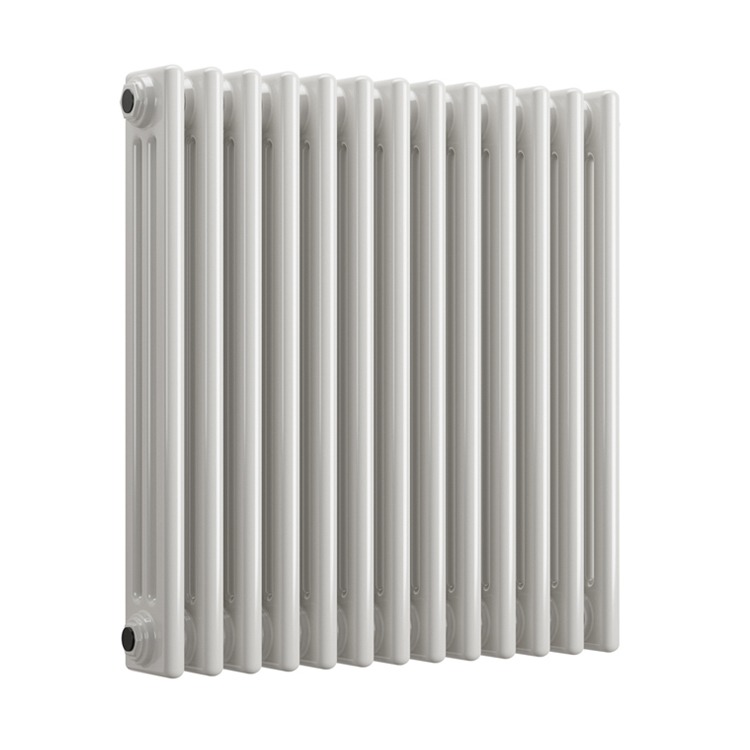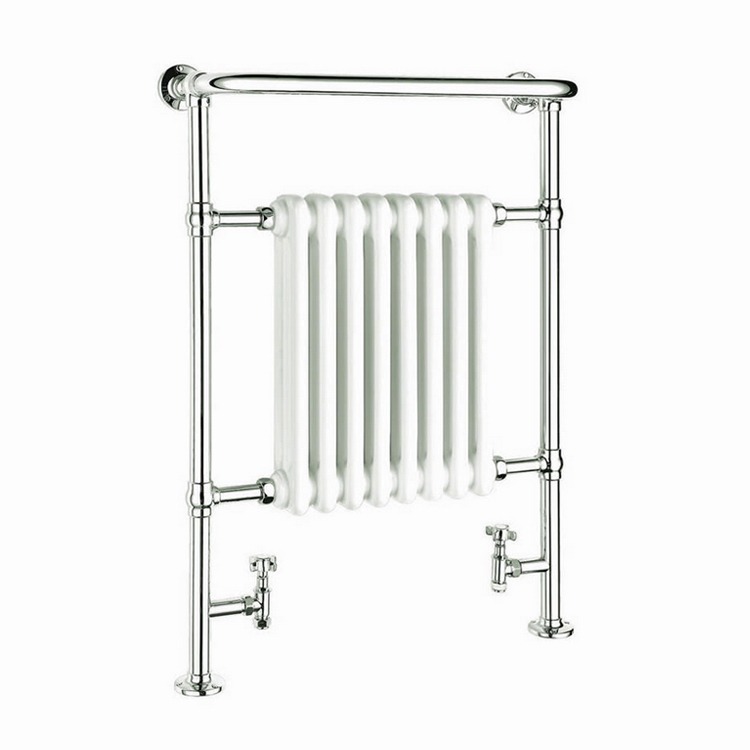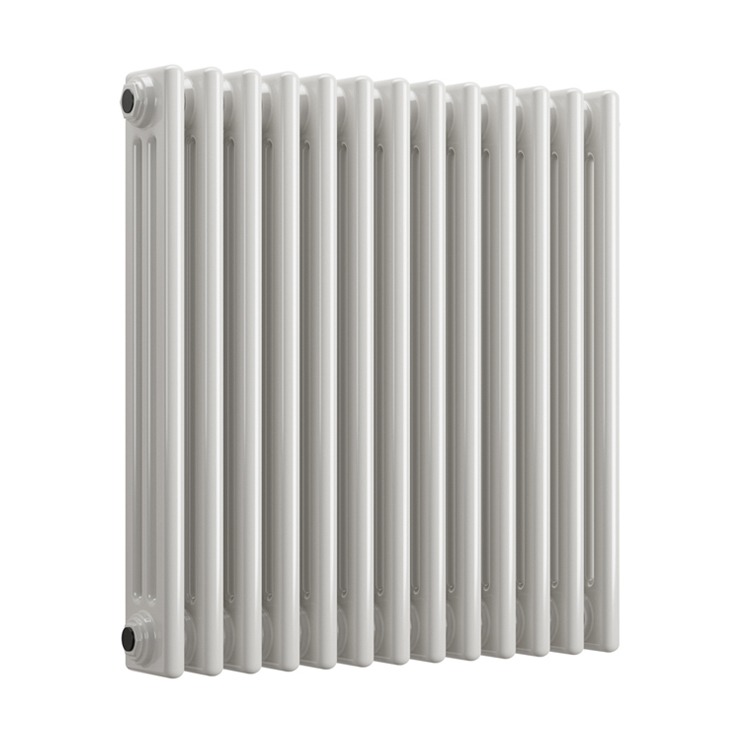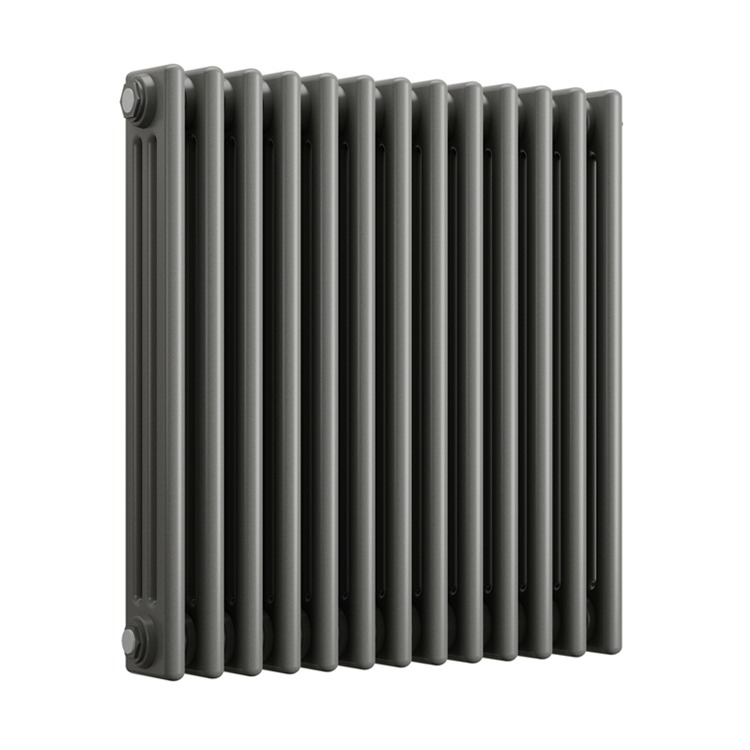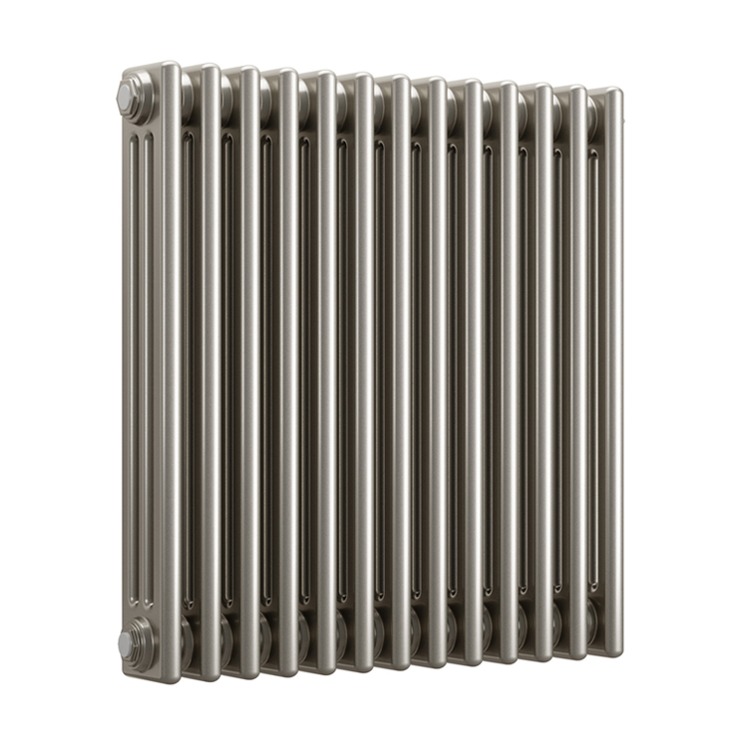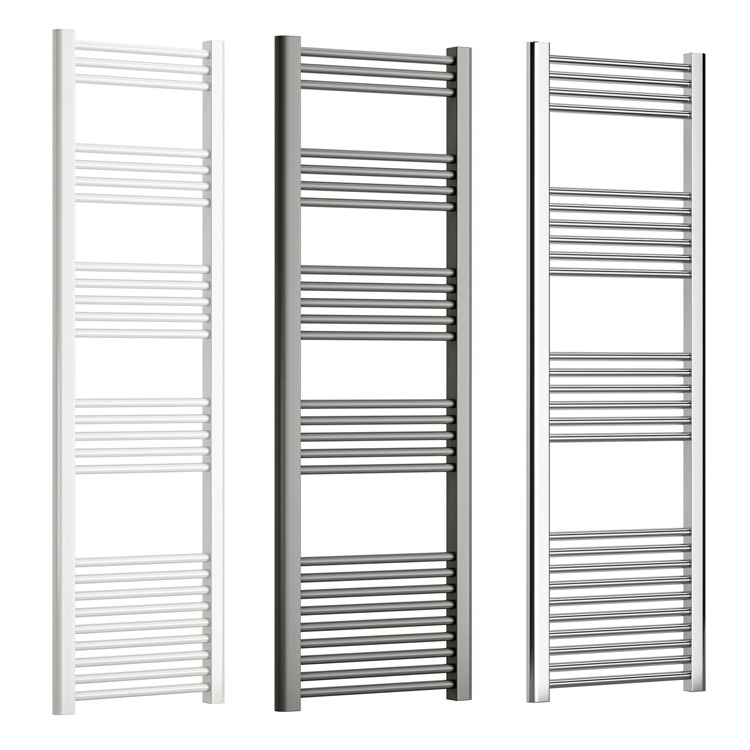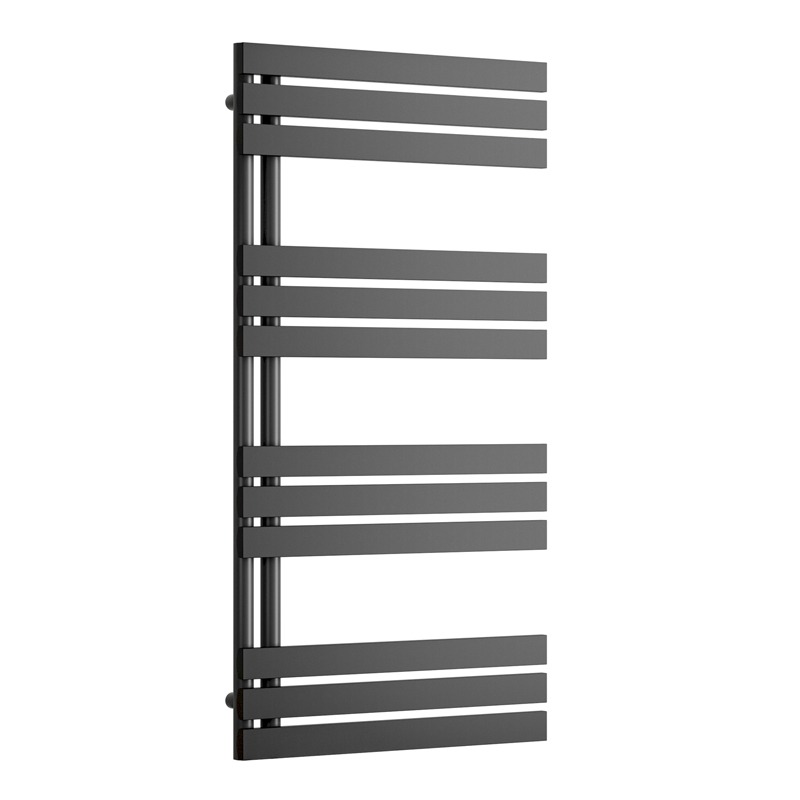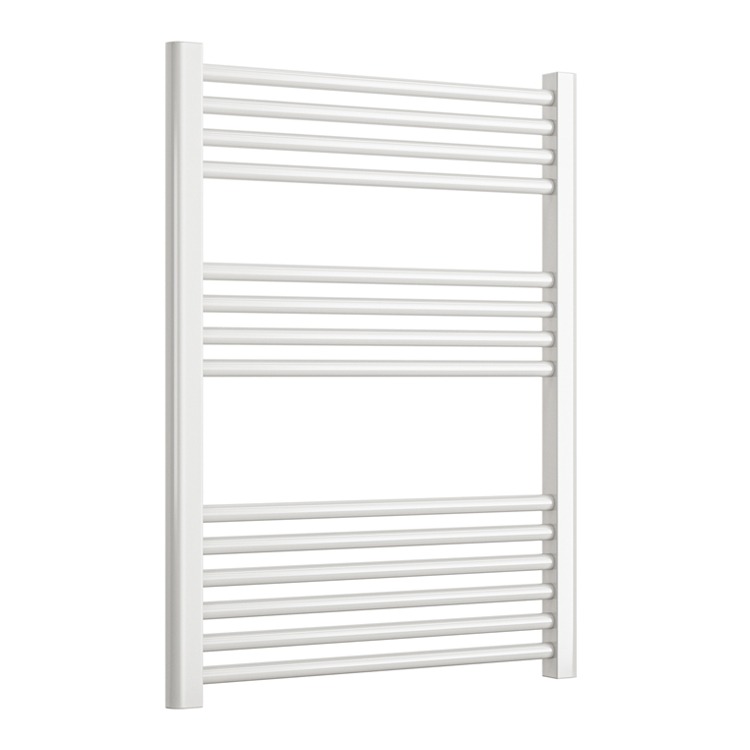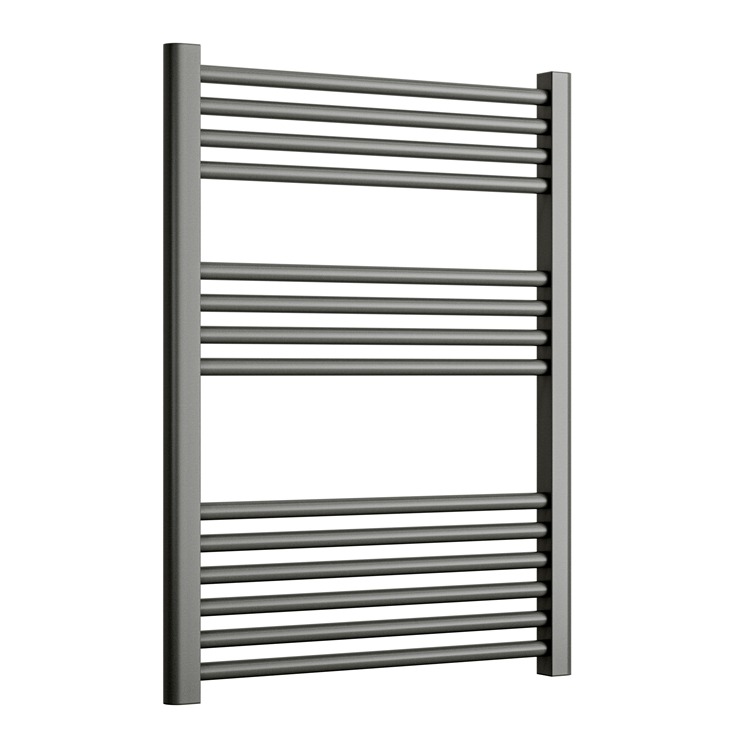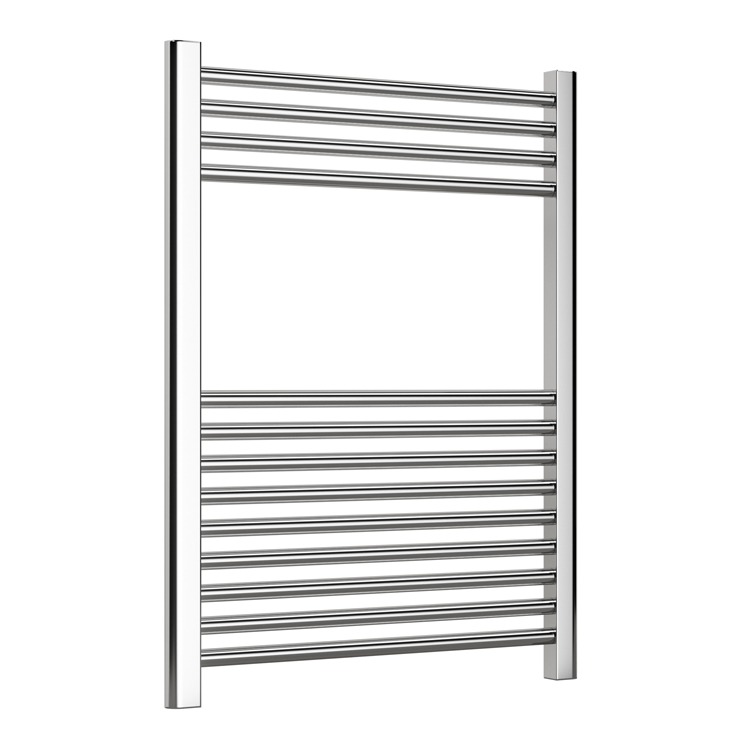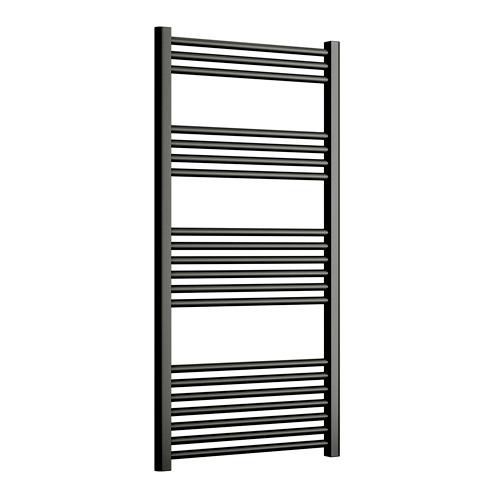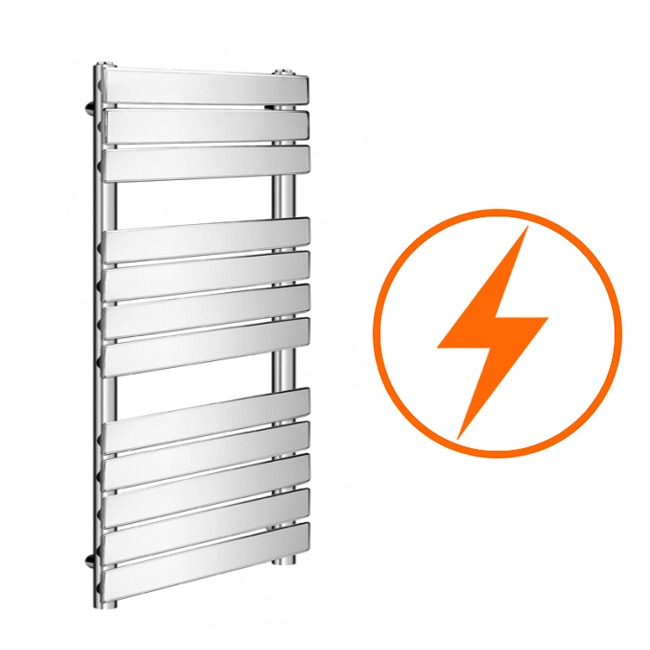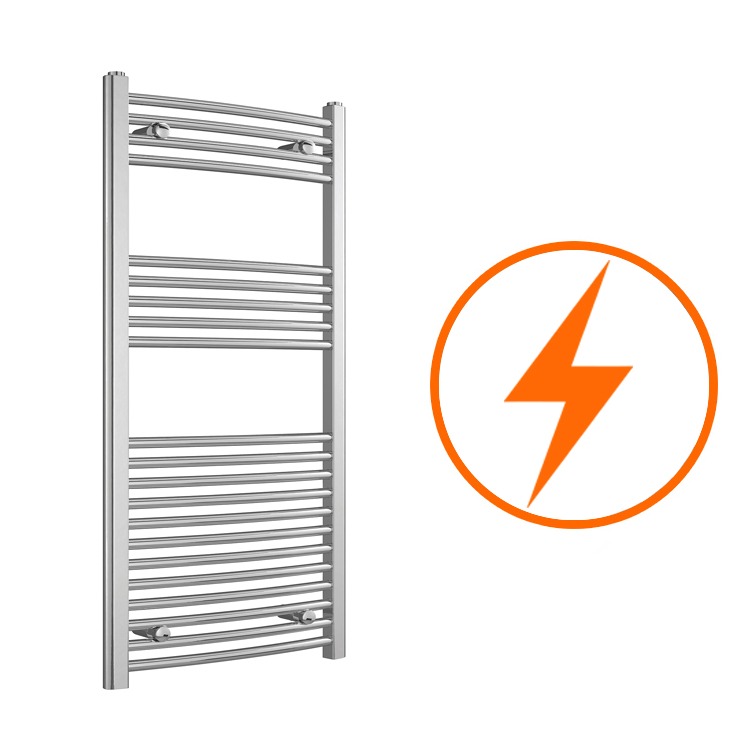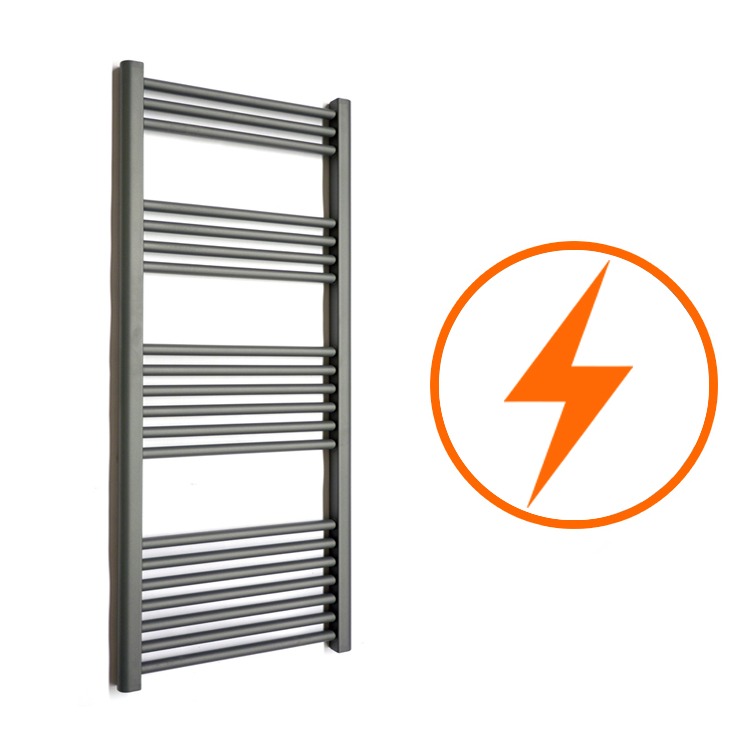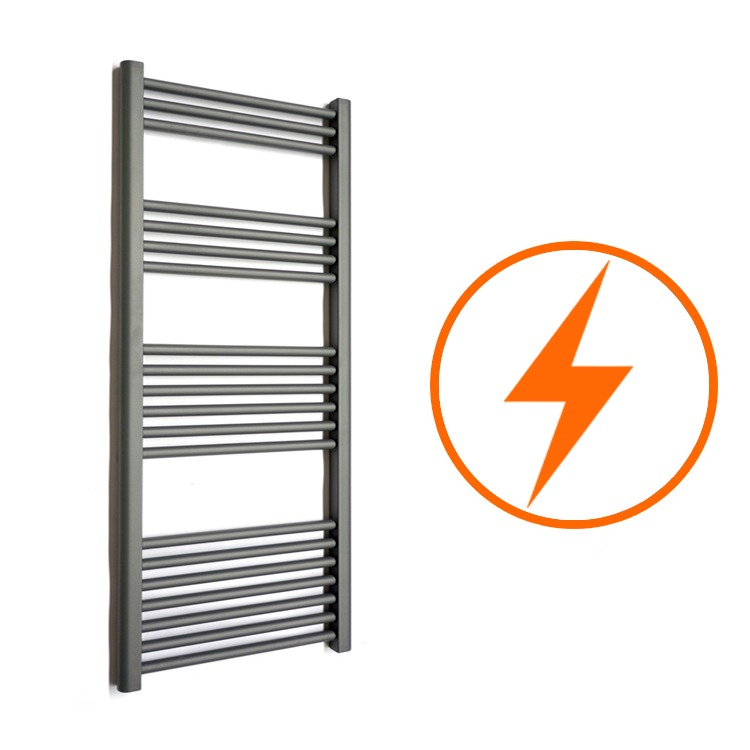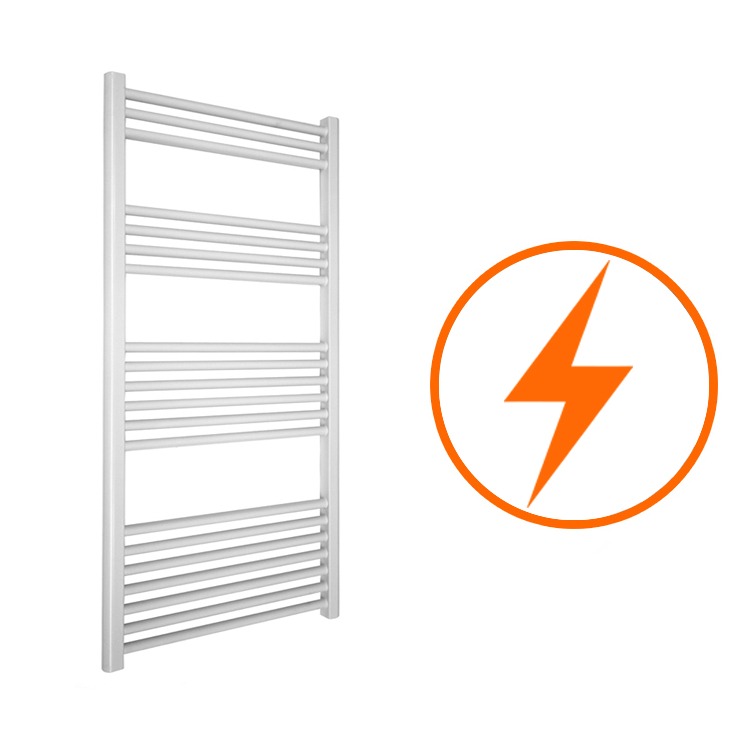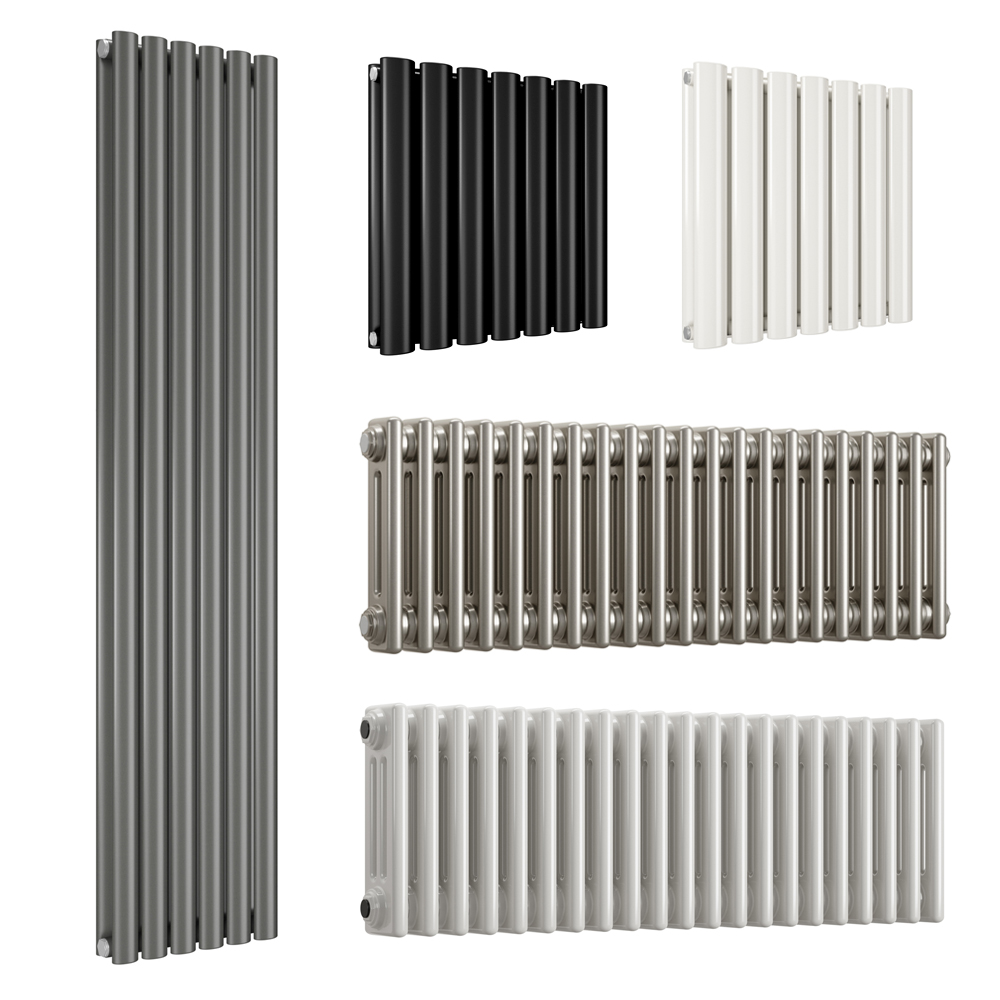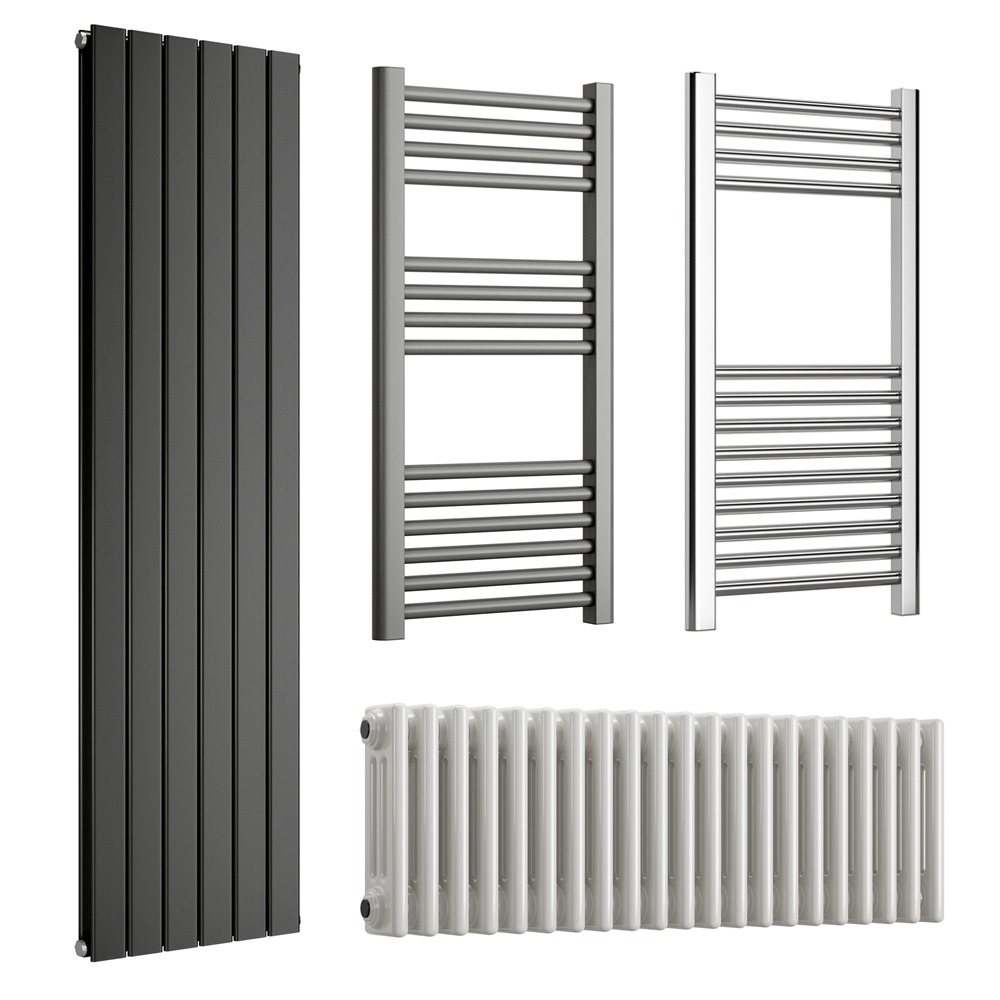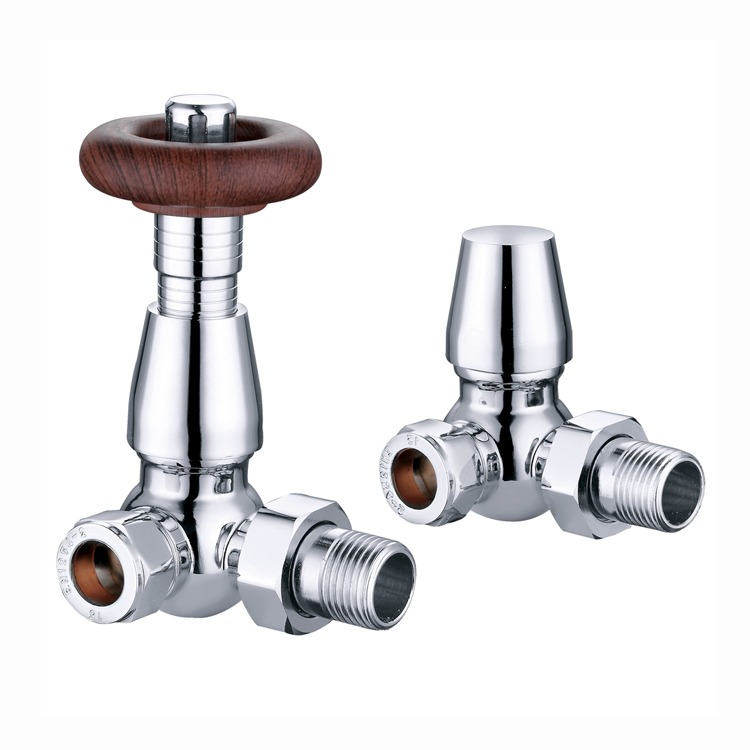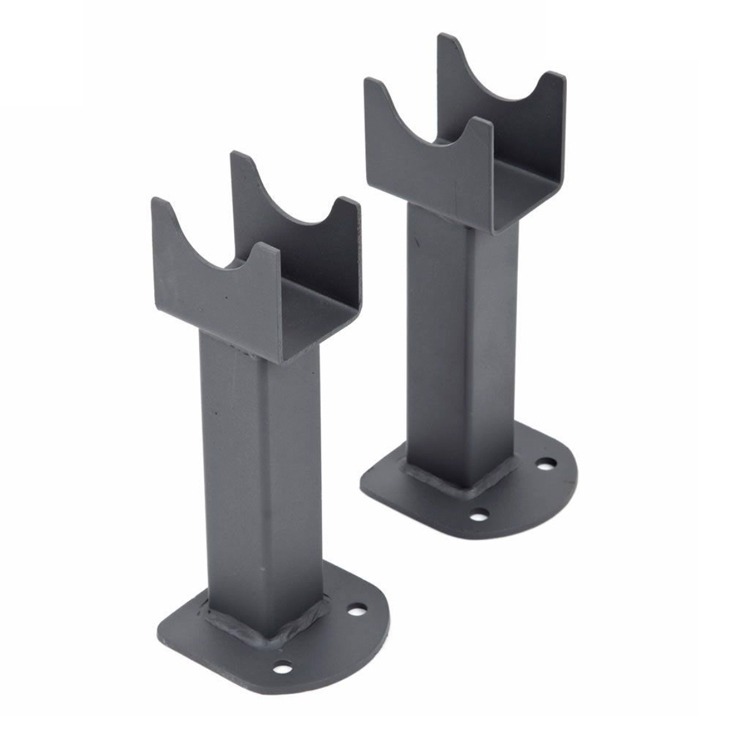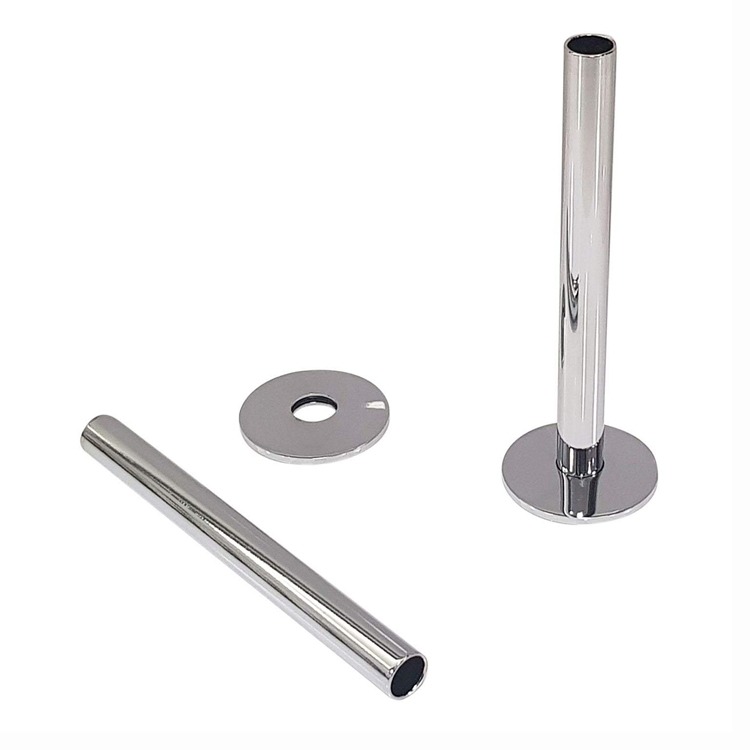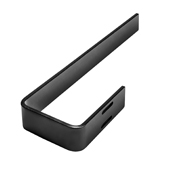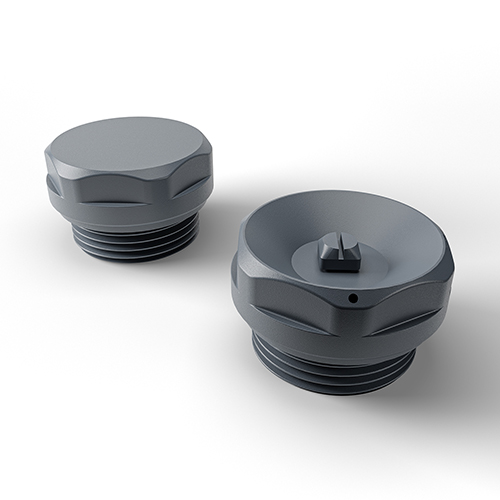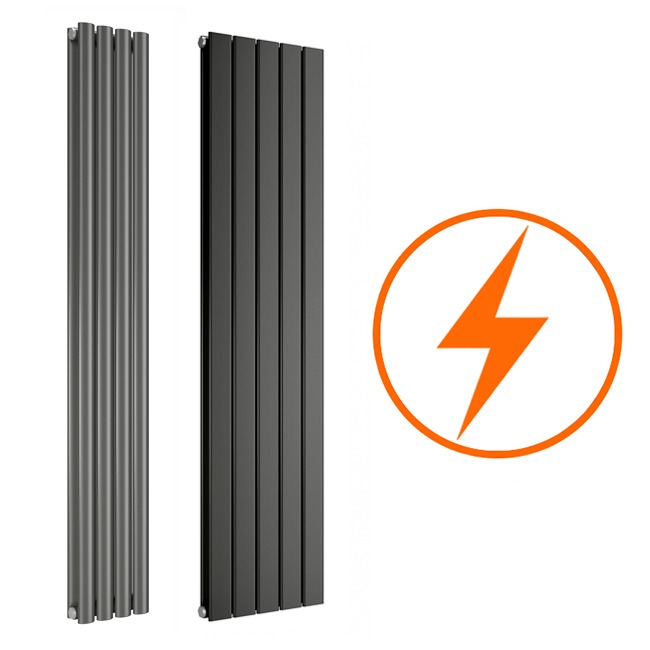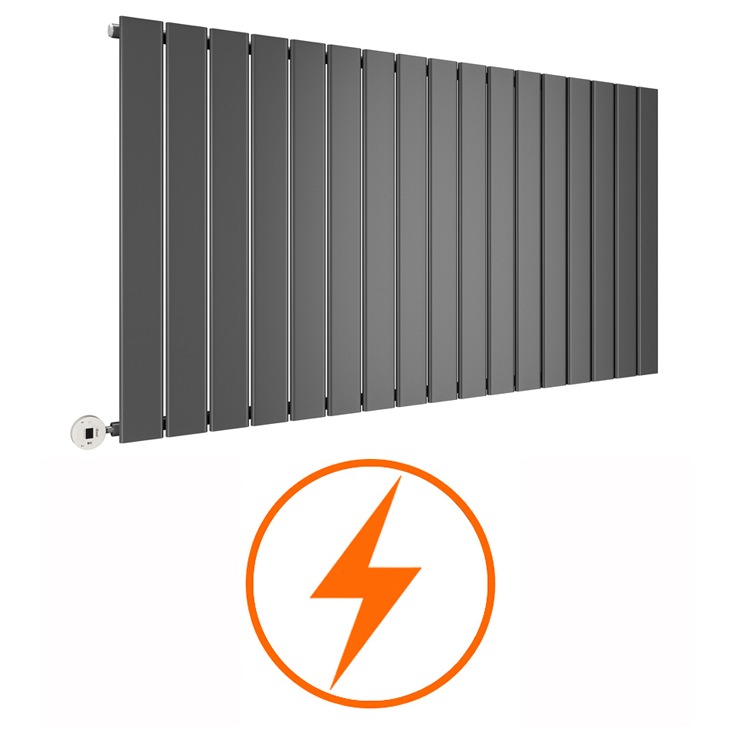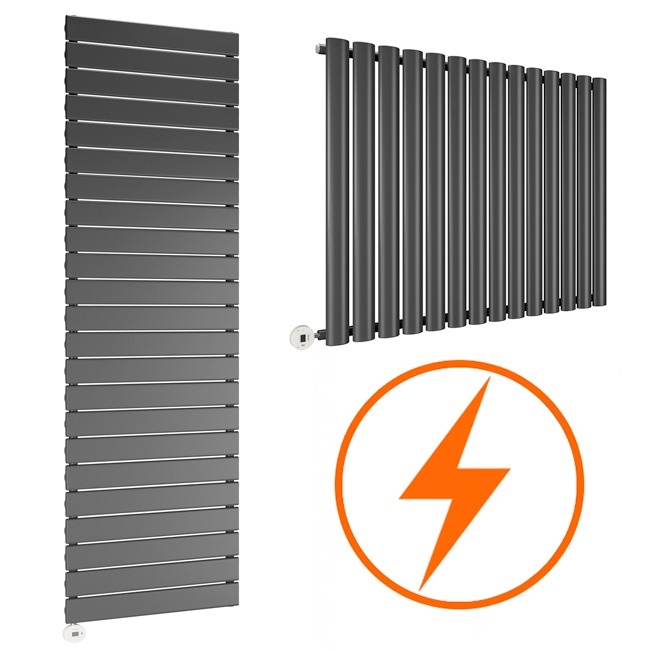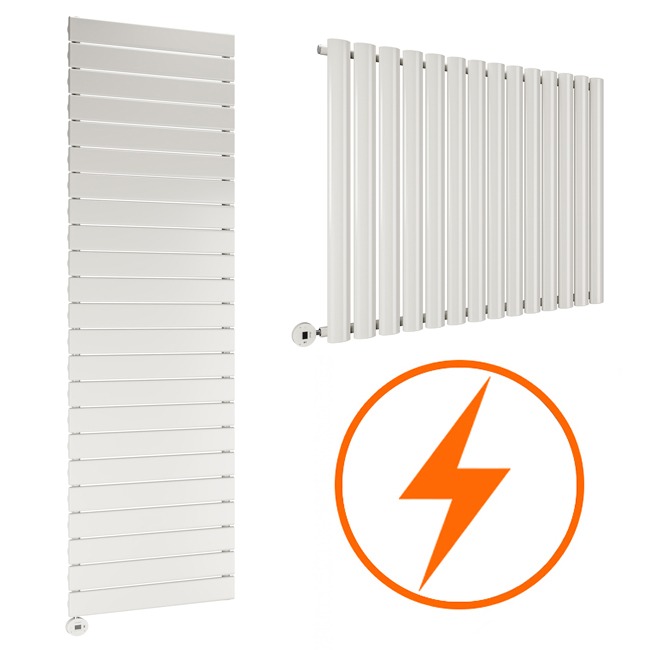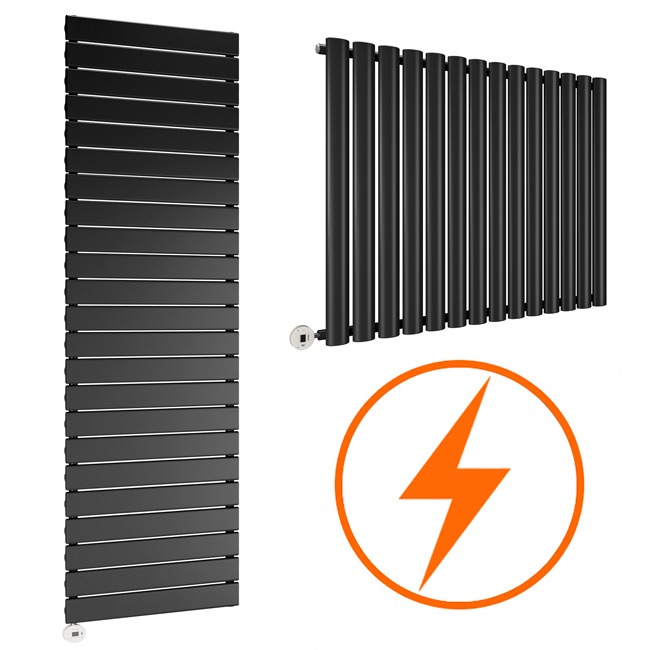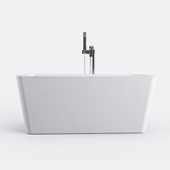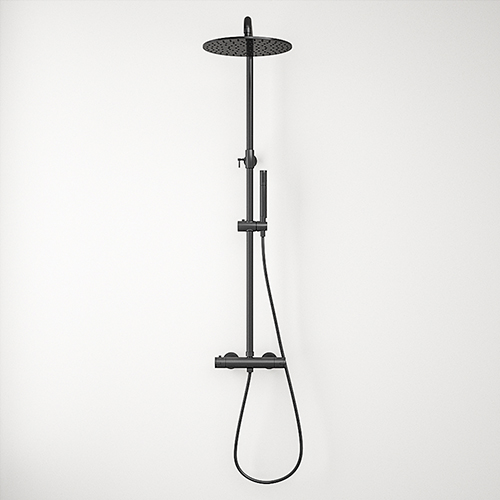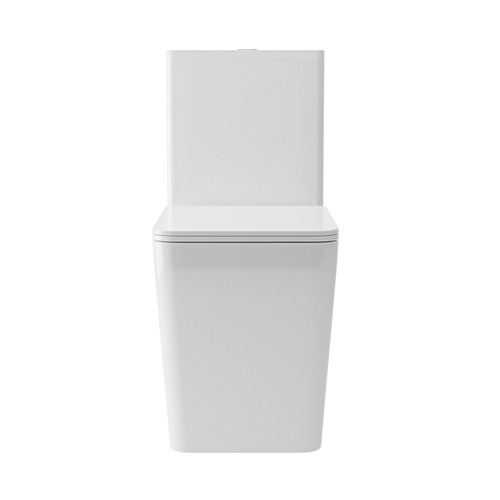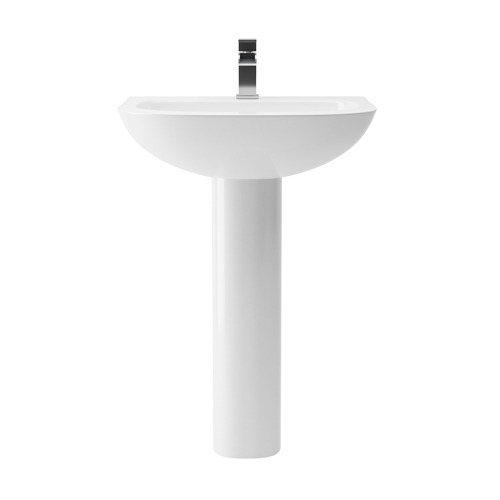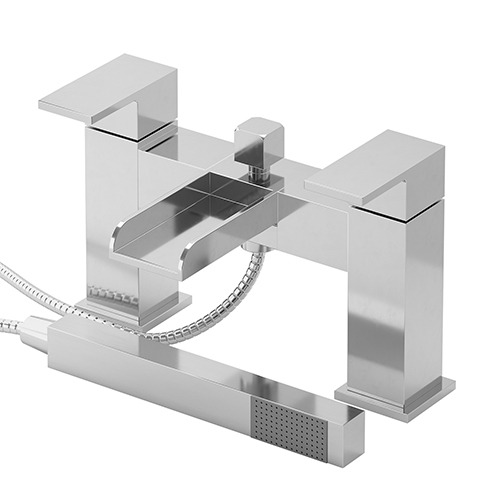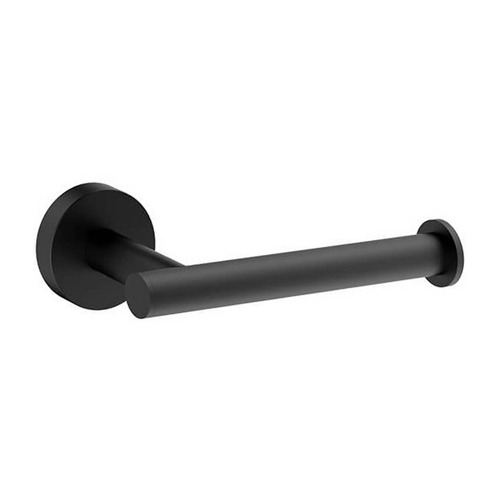
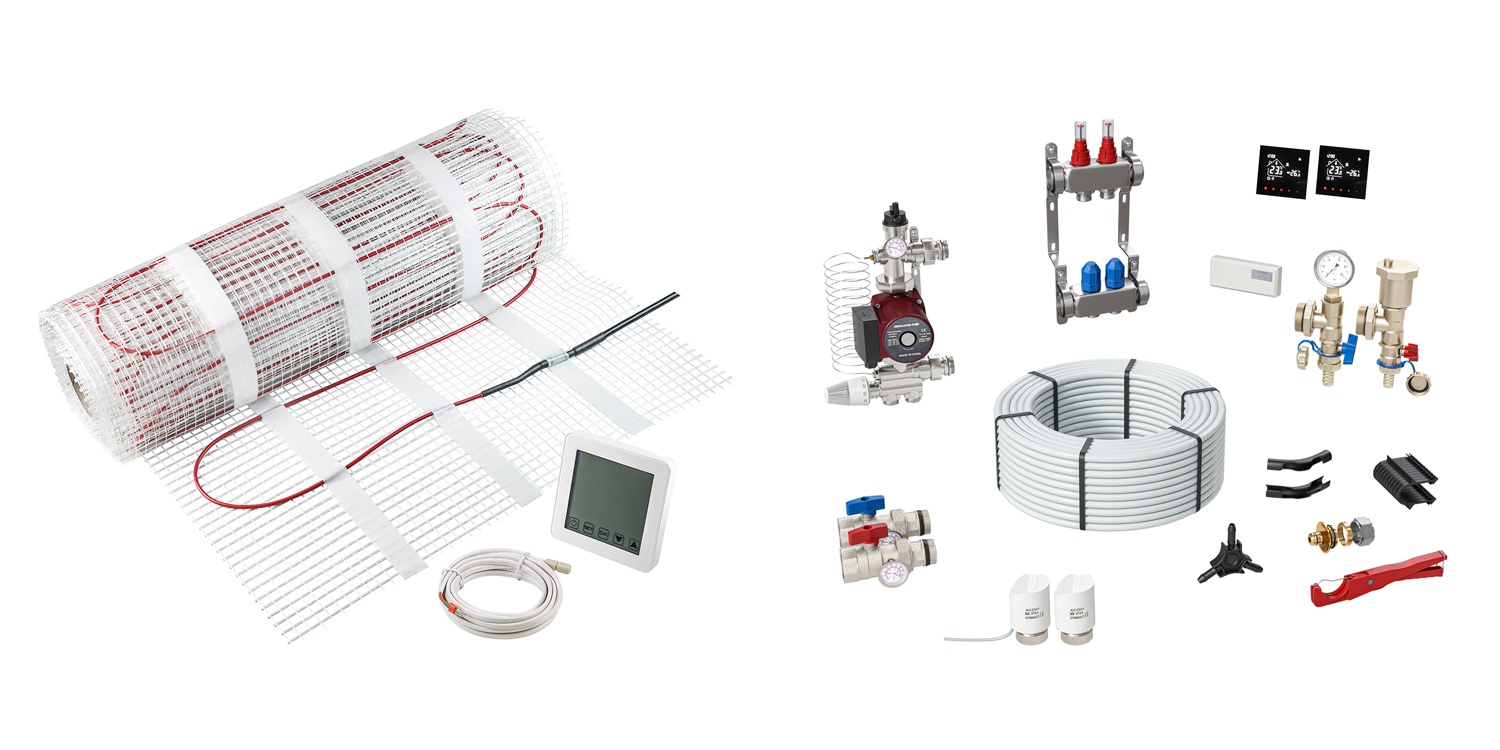
Underfloor heating is becoming a must-have in many modern homes, offering a cosy warmth that radiators can't match. This system is neatly tucked away under your floors, allowing for a more efficient and even distribution of heat throughout your rooms. It's easy to see why more homeowners are making the switch!
There are two main types of underfloor heating systems: electric and water-based (also known as hydronic). By comparing electric and water underfloor heating, we hope to give you all the information you need to decide which option might be best suited for your home. Whether you're renovating or building from scratch, understanding the differences between these systems is crucial in choosing the right underfloor heating solution.
Underfloor heating works on the simple principle of heat rising. Unlike traditional radiators that heat from the walls upwards, underfloor systems distribute warmth uniformly across the entire floor surface. This ensures an even temperature from the ground up,creating a comfortable living environment in every corner of the room.
-
Efficient heat distribution:As heat rises uniformly from the floor, there are no cold spots or overly warm areas, which is often the case with conventional radiators. This uniform distribution helps to maintain consistent room temperatures and can contribute to a more comfortable environment.
-
Space saving:Underfloor heating systems are hidden beneath the flooring, which frees up wall space that would otherwise be taken up by radiators. This can be particularly beneficial in smaller rooms or in homes where every bit of space counts, allowing for greater freedom in interior design and furniture placement.
-
Energy efficiency:These systems can be more energy-efficient than traditional heating methods. The heat stored in the floor is released slowly and retains warmth effectively, which means your heating system doesn’t have to work as hard to maintain a comfortable temperature. This can lead to reduced energy bills.
-
Healthier living environment:Radiators can circulate dust and allergens when they heat up, which isn't ideal for those with allergies. Underfloor heating reduces this issue by providing radiant heat without disturbing dust, making it a cleaner and healthier way to heat your home.
-
Aesthetic appeal:With all the heating apparatus out of sight, underfloor heating gives your home a cleaner, more streamlined look. There are no radiators to work around, which can enhance the aesthetic appeal of your living spaces.
The general benefits of underfloor heating are quite appealing, regardless of whether you opt for an electric or water-based system:
Underfloor heating offers a modern, efficient and aesthetically pleasing solution for heating your home, aligning perfectly with contemporary living standards where comfort and functionality go hand in hand.
Types of underfloor heating
Electric and water-based underfloor heating systems each have a unique method of operation and offer different benefits and considerations.
Electric underfloor heating
How it works: Electric underfloor heating uses a series of electric wires or heating mats installed beneath your floor surface. When switched on, these elements heat up and radiate warmth upwards and throughout the room.
-
Installation process and costs:Electric systems are generally simpler and less costly to install compared to water underfloor heating, particularly in retrofit projects.They require less floor height and are quicker to lay down, which can save on labour costs.
-
Maintenance requirements:Once installed, electric underfloor heating systems require very little maintenance. There are no moving parts to worry about, which minimises the potential for breakdowns.
-
Suitability for different types of properties:Electric heating is ideal for both new builds and existing properties. It's particularly suitable for smaller areas or single rooms, like bathrooms or kitchens, where sectional heating is beneficial.
-
Energy efficiency and running costs:While electric systems can be more expensive to run than water systems, advances in thermostat technology allow for precise control over temperature and timing, enhancing overall energy efficiency.
Key features:
Water underfloor heating
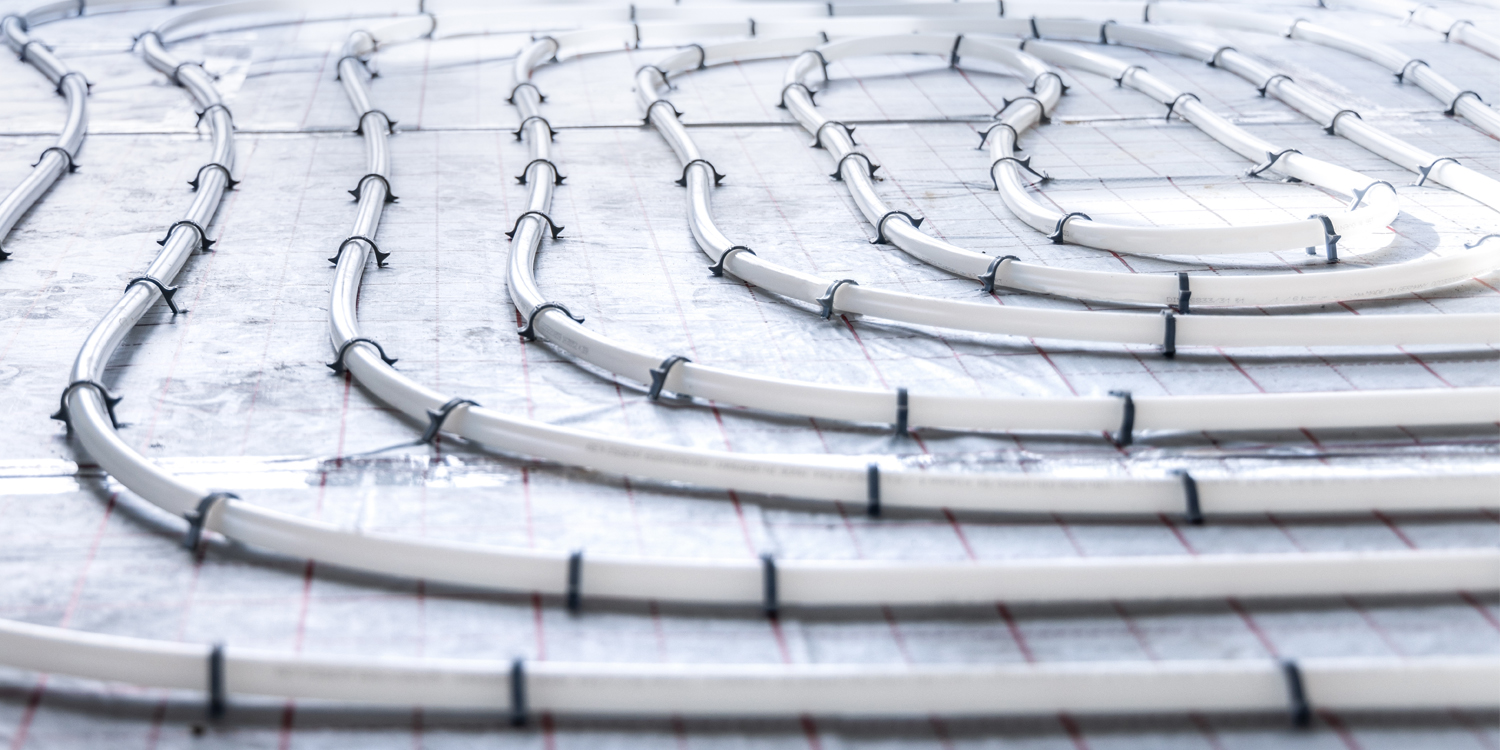
How it works:Water underfloor heating involves a network of pipes laid under the floor that circulate warm water, heating the surface above. This system is connected to your home’s central heating system.
-
Installation process and costs:The installation of water underfloor heating is more complex and typically more costly, especially in retrofit situations. It often requires significant alterations to existing floors and may impact overall floor height.
-
Maintenance requirements:While generally low in maintenance, water systems can be more complicated to repair if a leak occurs, as the pipes are embedded in the floor. Regular checks are recommended to ensure the system operates efficiently.
-
Suitability for different types of properties:This type of heating is most cost-effective when installed in large areas or whole properties where the comprehensive laying of pipes can be planned in advance. It’s particularly well-suited to new constructions or during major refurbishments.
-
Energy efficiency and running costs:Water-based systems are typically more efficient than electric ones when it comes to heating larger spaces or entire homes.They can operate at lower temperatures while distributing heat more evenly,potentially reducing heating bills over time.
Key features:
Each system has its merits and the choice between electric and water underfloor heating will largely depend on your specific needs, property type and budget considerations. Both promise to transform the comfort and warmth of your home, making either a worthwhile investment.
Comparison of electric vs water underfoot heating
When considering which type of underfloor heating is right for your home, it's useful to compare electric and water systems across several key aspects.
Cost-effectiveness
Electric underfloor heating systems tend to have lower initial installation costs, making them an attractive option for smaller projects or single-room applications like bathrooms or kitchens. However, the ongoing running costs can be higher, especially if the electricity rates are steep or if the system is used extensively.
Water underfloor heating, while more expensive to install – especially in retrofit scenarios – can be more cost-effective in the long term. This system is generally more efficient at heating larger spaces and can be integrated with solar or other renewable energy sources,potentially reducing operating costs significantly.
Installation complexity
Electric systems are relatively simple to install. They can be laid directly under floor finishes without drastically altering the floor structure, making them ideal for renovations and retrofitting.
In contrast, water systems involve a more complex installation process, often requiring significant changes to the floor structure to accommodate the network of pipes. This makes them better suited for new builds or during major renovations where floors are being replaced.
Energy efficiency
In terms of energy efficiency, water underfloor heating systems often edge out their electric counterparts. The ability to run at lower temperatures while distributing heat more evenly helps to reduce energy consumption, which can translate into lower heating bills over time.Electric systems, though potentially less efficient for whole-house heating, can be very effective at providing quick, targeted heat in smaller spaces. With advancements in thermostat technologies, they can be managed efficiently to avoid excessive energy use.
Longevity and maintenance
Both types of systems are designed to be long-lasting and require minimal maintenance.Electric systems, having fewer moving parts, generally have a lower risk of malfunction.However, if a problem does arise, it can sometimes be easier to address than with water systems, where a leak in the pipes can require more extensive corrective work.Water systems, while potentially more prone to complications like leaks or pump failures, are also built to last many years. Regular maintenance can help ensure they operate efficiently and without issues.
Suitability for various environments or building types
Electric underfloor heating is often the go-to choice for smaller or compartmentalised spaces within an existing property due to its ease of installation and the minimal disruption it causes.It’s also well-suited for properties where altering the floor structure is not feasible.
Water underfloor heating is particularly good for new constructions or properties undergoing substantial renovations. It is ideal for larger spaces due to its efficiency over extensive areas and its compatibility with various energy sources, including boilers and heat pumps.
Pros and cons
When choosing between electric and water underfloor heating systems, understanding the advantages and disadvantages of each can help you make an informed decision that best suits your home's needs.
Electric underfloor heating
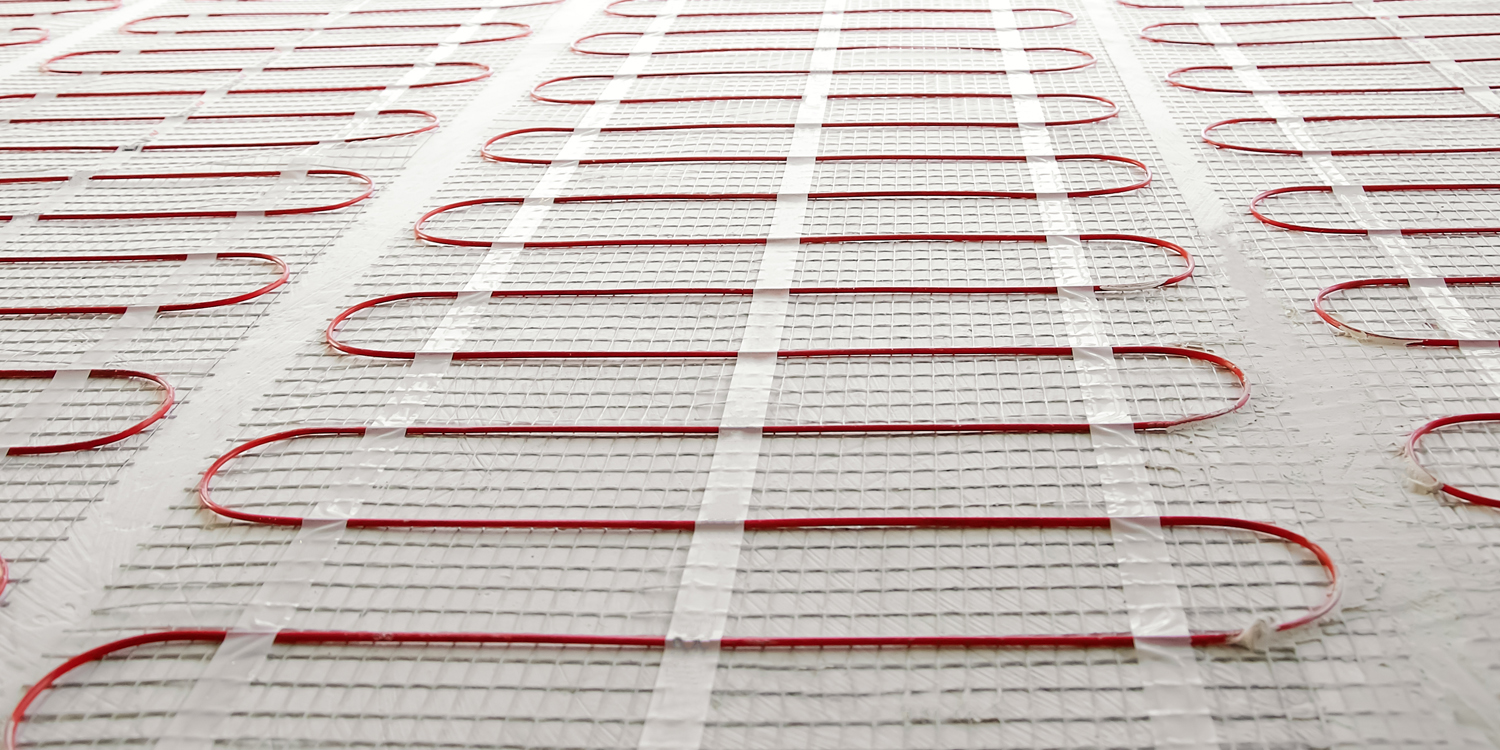
-
Ease of installation:Electric systems are straightforward to install, making them ideal for retrofitting and smaller projects.
-
Rapid heating:They heat up quickly, providing warmth shortly after being turned on.
-
Low maintenance:With no moving parts or water circulating, electric systems generally require minimal maintenance.
-
Flexibility:This can be installed under a variety of flooring types and in any room, regardless of its connection to the main heating system.
Pros
-
Higher running costs:Typically, electric underfloor heating is more expensive to run than water systems, especially in larger spaces.
-
Less cost-effective for large areas:Due to higher operational costs, they are less economical for whole-house heating.
-
Heat distribution:While efficient, the heat can be less uniformly distributed compared to water systems.
Cons
Water underfloor heating
-
Locate the inlet and outlet pipes:These are usually found at the bottom of the radiator, but the exact position can vary depending on the radiator type.
-
Cost-effective for large spaces:Ideal for larger areas or whole-house heating,potentially lowering overall heating costs.
-
Even heat distribution:Provides consistent and even heat across large surfaces,enhancing comfort.
-
Compatibility with various energy sources:Can be used with boilers, solar energy and heat pumps, offering flexibility in energy sourcing.
Pros
Cons
-
Complex installation:Installation can be invasive and complex, often requiring significant alterations to the floor structure.
-
Higher initial costs:The upfront cost of installing a water system is typically higher than that of an electric system.
-
Maintenance complexity:Although generally reliable, any necessary repairs, such as fixing leaks, can be more disruptive and costly.
Electric underfloor heating is excellent for smaller areas or specific rooms, offering a quick and easy solution for underfloor warmth with minimal disruption during installation. On the other hand, water underfloor heating is a more viable option for new builds or during major renovations and proves more efficient and cost-effective in heating larger areas or entire homes. Each system has its strengths and weaknesses, so the best choice will depend on your particular heating requirements, the scale of your project and your budget considerations.
Ready to enjoy the cosy warmth of underfloor heating in your home? Explore our extensive range of both electric and water underfloor heating systems. Whether you're updating a single room or revamping your entire house, we have the perfect underfloor heating solutions to meet your needs.
Shop underfloor heating today and take the first step towards a more comfortable and efficient home.
 Need Radiators FAST?
Need Radiators FAST? 




